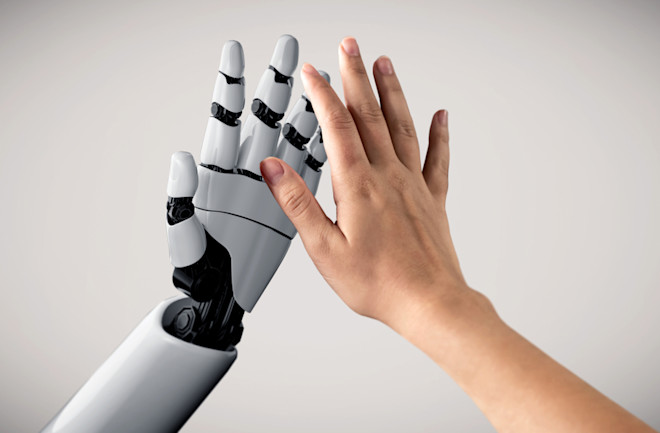Prosthetic hands and arms have dramatically improved in recent years, thanks to advances that allow independently moving fingers, control over multiple joints, personalized 3D printing and so on.
Despite these breakthroughs, most users find prosthetic arms difficult to control. The most common control mechanism records the electrical activity in the arm muscles – a technique known as myoelectric sensing—and then uses this to actuate the prosthetic.

